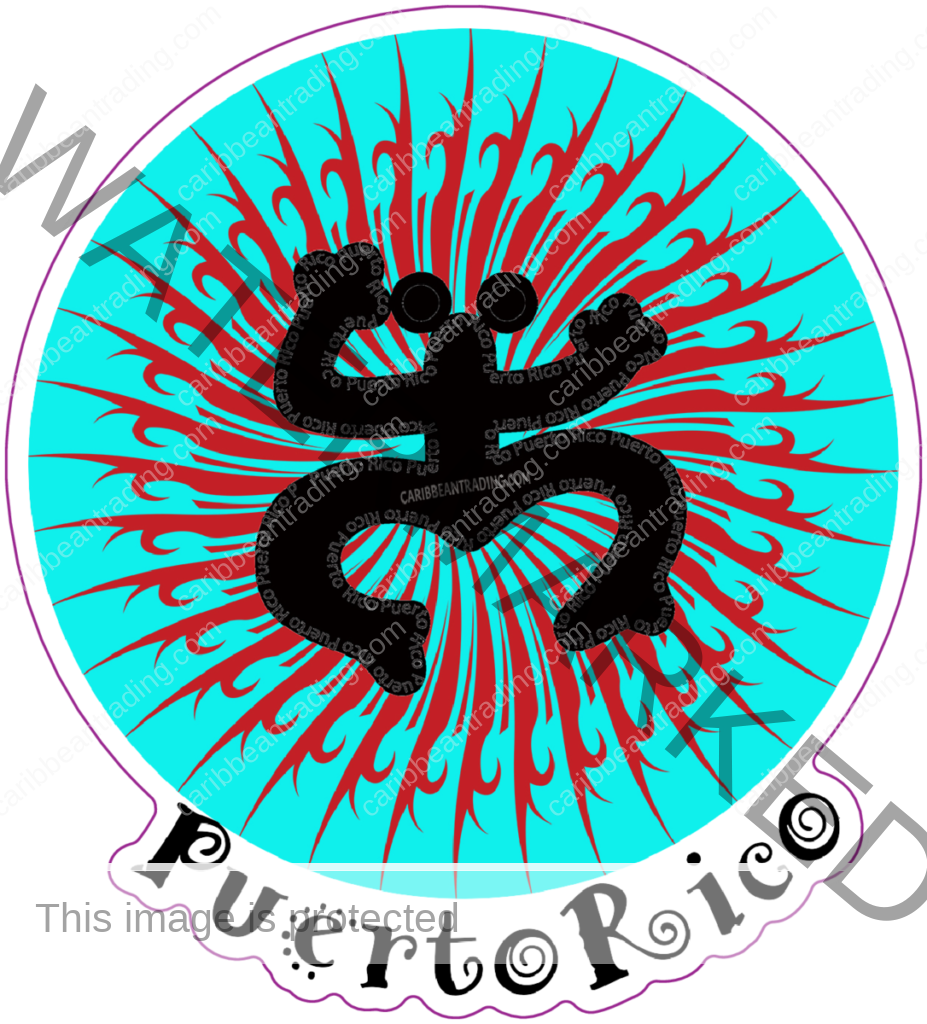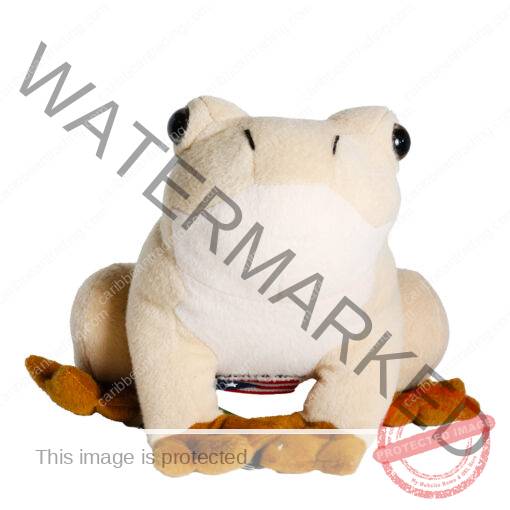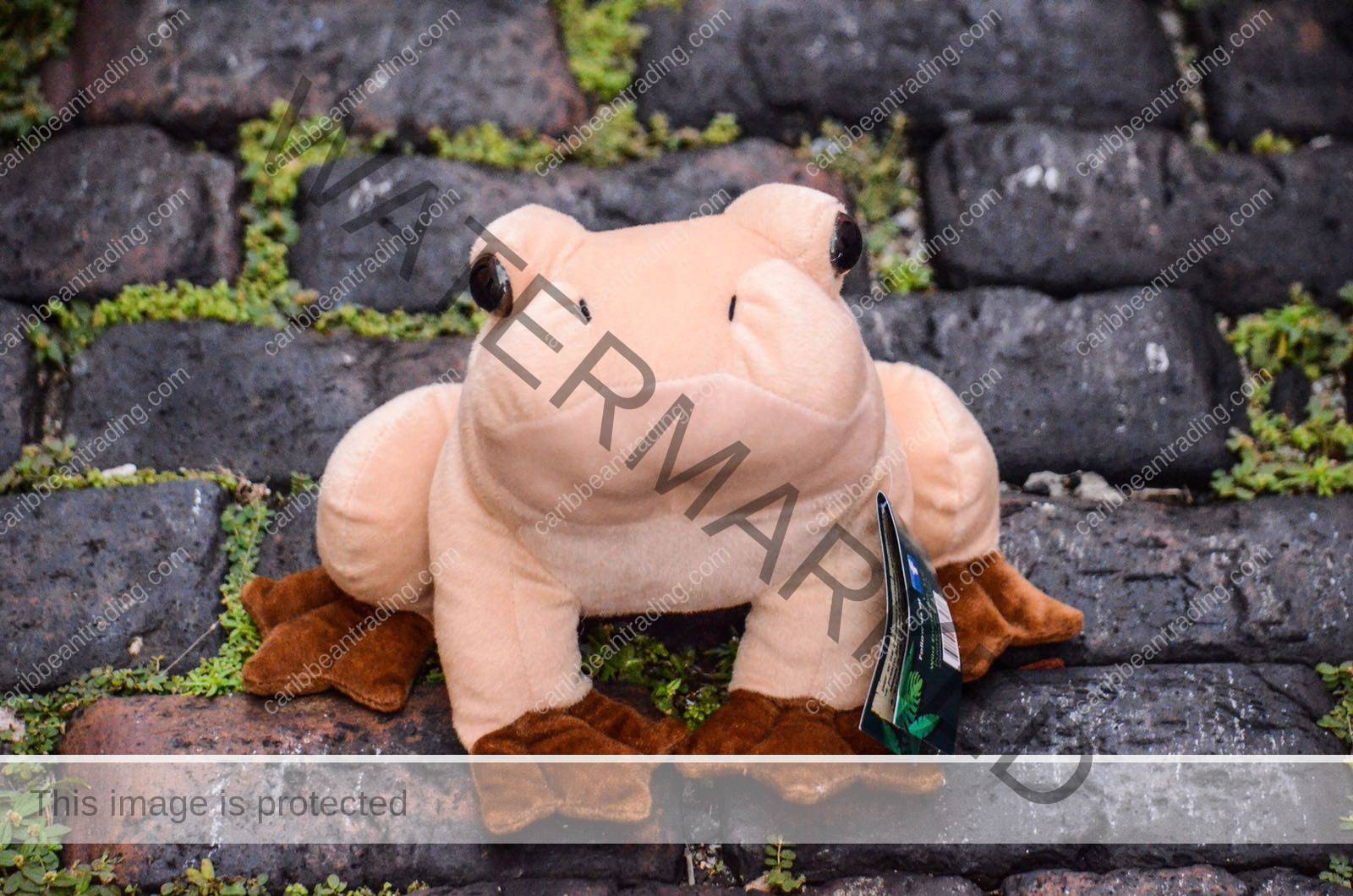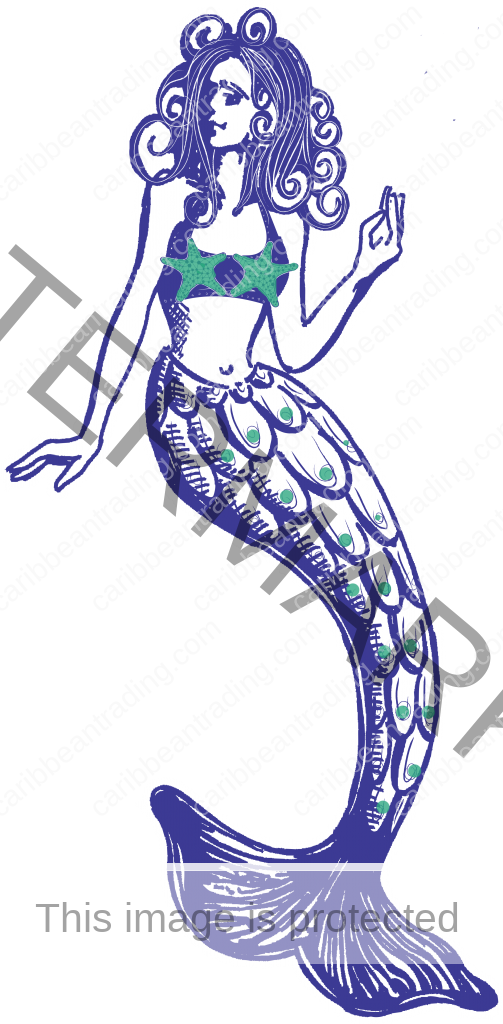Caribbean History
Meaning of the Coqui Taino
The Coqui Taino symbol is the representation of the Coqui for the Taino tribe and the Puerto Rican The Coqui Taino symbol is the representation of the Coqui for the Taino tribe and the Puerto Rican national symbol.
All the questions about, the importance of the Coqui Taino for Puerto Ricans, its history, and more will be answered as we delve into Puerto Rican heritage.
The Taíno People
A part of the symbology of the Taino was the Coqui Taino, and it was their way to represent the Coqui, but that isn’t the only Taino symbol known. In fact, there are several symbols left by these people all over Puerto Rico and other islands as well.
The Taino were an indigenous people of the Caribbean that were mainly inhabitants of what today is Puerto Rico.
They also were the principal inhabitants of most of what is now Cuba, Hispaniola, Jamaica, and the Bahamas. Thanks to this they were excellent fishermen, which was their main livelihood, but also they used what they could find on the islands.
The evidence points out that they populated these islands from around 1200 A.D. until the discovery of America. Unfortunately, after being encountered by Christopher Columbus, diseases, war, and famine left the Taino devastated after merely two decades.
This way the Taino people disappeared from the face of the earth, leaving behind only their symbols. Fortunately, there are numerous pictographs (painted) and petrographs (carved) on caves and rocks that preserve their history.
While some of these symbols are related to deities and nature, others are about expressing their daily life. This is because of the fact that they hadn’t any written language so they used symbols as written communication.
Anyways, some symbols and their meanings stay under debate, yet there are clues and hints that can help decipher what they actually mean.
A good thing that is worth saying is that many Puerto Ricans, Dominicans, and Cubans have Taino DNA, and they identify as Taino. This means that the Taino heritage was able to accompany us until these days.
Where to Find Taino Symbols in Puerto Rico
Taino symbols can be found everywhere in the form of tattoos, art, or local souvenirs, but perhaps you’re expecting to see the originals. Well, in Puerto Rico, you’ll find Taino petroglyphs in these four places:
- Cueva del Indio, Arecibo: this is a cave located along the ocean. It is believed to have been a natural amphitheater and seat of the Taino caciques (chief), used for spiritual ceremonies.
- La Piedra Escrita, Jayuya: the Taino symbols here are carved into the rocks by the side of the Jayuya river. Here you can get your feet wet in the same place the Taino people did hundreds of years ago.
- Park at Las Piedras, Las Piedras: this was discovered during excavations in 1982. Once they realized what they found, the site was protected. It’s theorized to be a ceremonial place based on its surroundings. To protect this national treasure, you can only visit it with an appointment.
- Rio Blanco, Naguabo: to reach these petroglyphs you’ll have to do some hiking, and it’s better to do it with a guide. Once you arrive at the area, you’ll find 7 different sites with carvings in the big boulders.
There are many more petroglyphs throughout Puerto Rico. Many of which are not cataloged or protected yet. Within the El Yunque Rainforest, there are a lot of petroglyphs that aren’t marked to the public. The key to finding them is to keep your eyes open.
The Coqui Frog
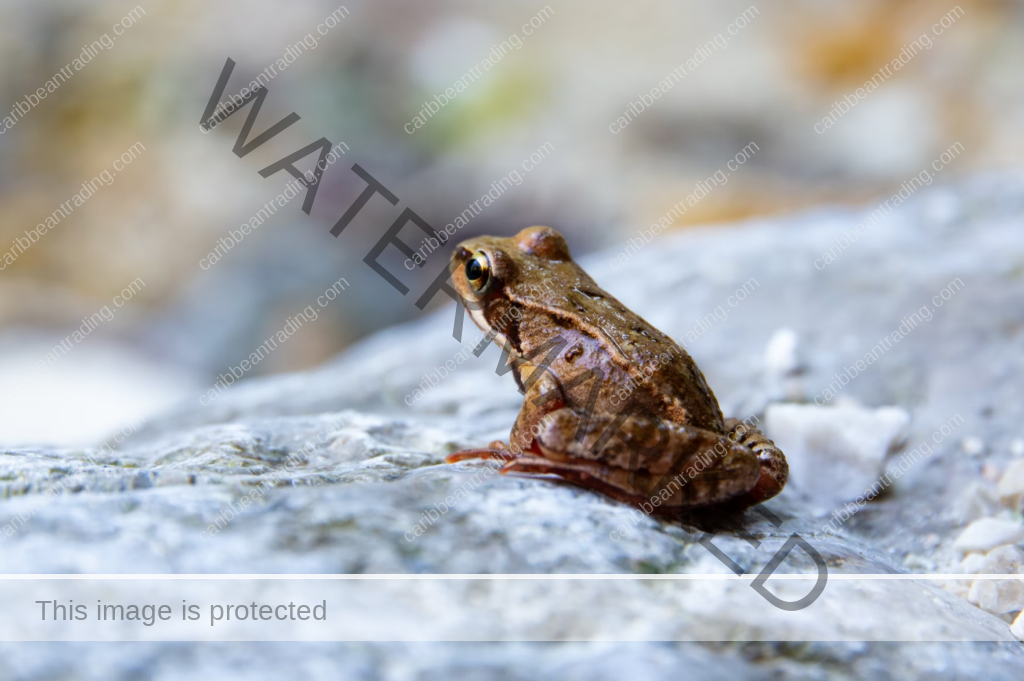
A lot about the Taino and how they used their symbols as a way to communicate has been said. Yet, nothing about how the Coqui became worth mentioning among them.
The Taino people used these symbols to write about their daily life among other things, and the Coqui frog was one of those daily life things. This way the famous Coqui Taino symbol was born.
The main reason for the Coqui being common in the Taino’s life is because they’re a frog with 17 endemic species on the Puerto Rico island. They are all over the place and can be found everywhere on the island.
You don’t even have to look for them to find them, you just have to wait until sunset. Once the sun goes down, the volume rises as the tiny Coqui begins its evening song by the little male frogs’ call of “Co-kee!”.
This small frog ranges in length from 15mm-80mm. The color of the Coqui has considerable variations (green, brown, and yellowish), occasionally having touches of different colors or two dorsolateral stripes. Sadly few of them are endangered or threatened as a result of deforestation.
Where to See Coqui Frogs in Puerto Rico
Thanks to being a widespread endemic amphibian, to a greater or lesser extent they can be seen everywhere.
However, it isn’t an easy task because they’re really, really tiny, but to increase your chances, stay close to El Yunque Rainforest. Thanks to being the home to 14 of the 17 known species, it is very likely that you will encounter one of these frogs.
Also, this way you’ll be sure to hear his nightly serenade.
The Taino Legend of the Coqui
In the Taino petroglyphs, we can see these frogs and many of their stories.
The legend is about a goddess who fell in love with Coqui, the chief’s son. One evening she showed herself to Coqui in the form of a Taino maiden. They fell in love immediately and they agreed to see each other next moonrise.
However, on the next evening the evil Juracan (Taino word for hurricane), and with his winds took Coqui away. Despite the goddess’s efforts, she couldn’t save her love. Saddened by what happened, she created these little amphibians to call her love’s name every evening for eternity.
Why the Coqui Taino Is So Important for Puerto Ricans
The song of the male coqui has been measured between 90 and 100 decibels, making it the loudest amphibian in existence. This can be seen as an analogy, a small frog with the loudest song among amphibians, the Puerto Ricans despite being short in stature have strong voices.
The Puerto Ricans’ speech seems more like shouting, hence the saying “I’m not yelling, I’m Puerto Rican”.
Due to this peculiar parallelism between the Coqui frog and the Puerto Ricans, it’s why it became their national symbol. Small island, small frog but huge voice, this refers to the fact that Puerto Ricans will always be heard by the rest of the world.


